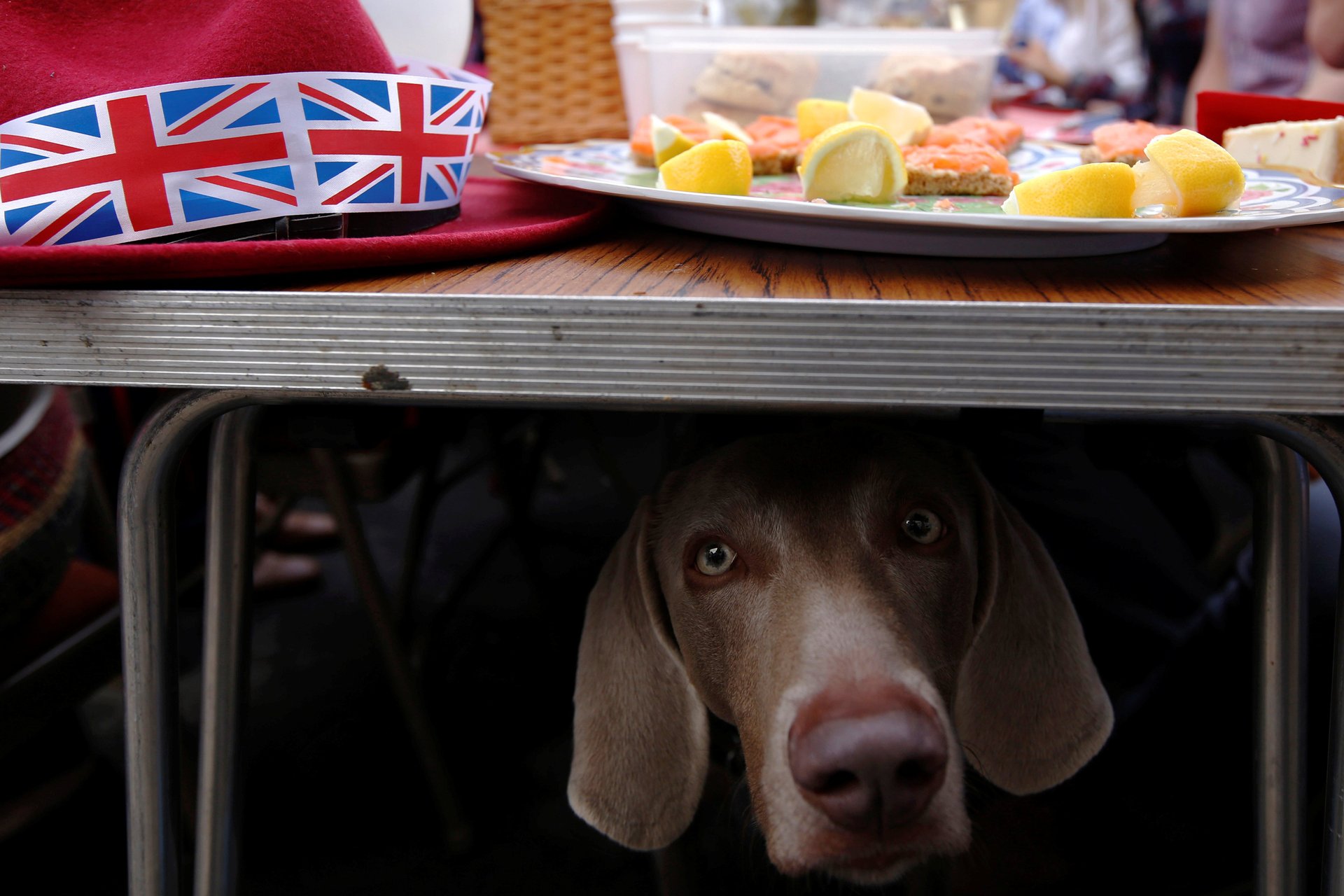Dogs may be man’s best friend—but new research shows they can also be deliberately sneaky
Marianne Heberlein noticed her dogs seemed to be smarter than she usually gave them credit for. Occasionally, when the dogs were hanging out at the University of Zürich evolutionary biologist’s home, one would pretend to see something interesting in the backyard; when the second dog got up to check it out, the first would swoop in on the first’s prime sleeping spot.


Marianne Heberlein noticed her dogs seemed to be smarter than she usually gave them credit for. Occasionally, when the dogs were hanging out at the University of Zürich evolutionary biologist’s home, one would pretend to see something interesting in the backyard; when the second dog got up to check it out, the first would swoop in on the first’s prime sleeping spot.
Heberlein saw her dogs’ ability to use deception to get what they from eachother—and she decided to see if they could do the same to humans, she told New Scientist. In the resulting study, published March 1 in Animal Cognition, she found that pet dogs have the ability to distinguish between a friend and a foe and, when recognizing an enemy, act deceptively in response.
Heberlein and a team of researchers gathered 27 dogs of different breeds. They started off the experiment with a training period, where each dog was introduced to two unknown women called “partners.” The owners held their dogs on a leash, about three meters away from two food bowls. Then, one of the human partners walked towards the bowls, calling the dog’s name and then giving the dog a treat when it came—the study calls this the “cooperative partner.” The second human partner also walked towards the bowls and called the dog’s name, but she also demonstratively put the treat into her pocket, went to the dog, and showed her empty hands to the dog—the study calls this the “competitive partner.”
The dogs were then taught to walk the partners over to one of two identical boxes containing either a sausage or a dog biscuit upon hearing the phrase “show me the food.” If the dog led the cooperative partner to a box with a treat, the dog would get the treat. If the dog led the competitive partner to a box with a treat, the dog wouldn’t be allowed to have the treat. In both situations, the cooperative or competitive partner then walked away and the dog’s owner gave it a treat.
Lastly, both the cooperative and competitive partner simultaneously held their hand out towards the dog while holding a piece of sausage. The dog was then released by the owner and allowed to approach the two partners. If it went to the cooperative partner, the dog was allowed to eat the sausage; if it went to the competitive partner, she put the sausage into her pocket and showed her empty hand.
After the training period, a two-day test followed.
First, the dogs were shown a selection of three boxes: one with their preferred sausage treat, one with a dry biscuit, and one with nothing. (The dogs had consistently chosen the sausage over the dry dog biscuits during a series of food preference tests).
It turned out that the dogs were able to apply what they’d learned about the partners in the training phase—and wield an understanding of how their behavior affects humans’ behaviors—to implement a deceptive strategy to get their preferred sausage: The dogs tended to lead the cooperative partner to the preferred sausage treat, while they led the competitive partner to the dry biscuit or the empty box. Since from the dog’s experience the competitive partner was likely to give it nothing anyway, this showed that they understood they still had a chance to get either the preferred sausage treat or at least the dry dog biscuit later on with their owner or a cooperative partner.
In other words, they were trying to trick the competitive partner into not getting to withhold the treats.
Of course, this is only one study, with a small sample size. But it’s based on a scientific method that in the past has revealed the cognitive abilities of chimpanzees, certain monkeys, and ravens to withhold information and manipulate their counterparts’ attention for the sake of protecting their food. And the findings add to growing research on dogs’ human-like cognitive abilities—such as their ability to construct memories, understand the intention of human communication, and analyze facial expressions—thought to be uniquely human.